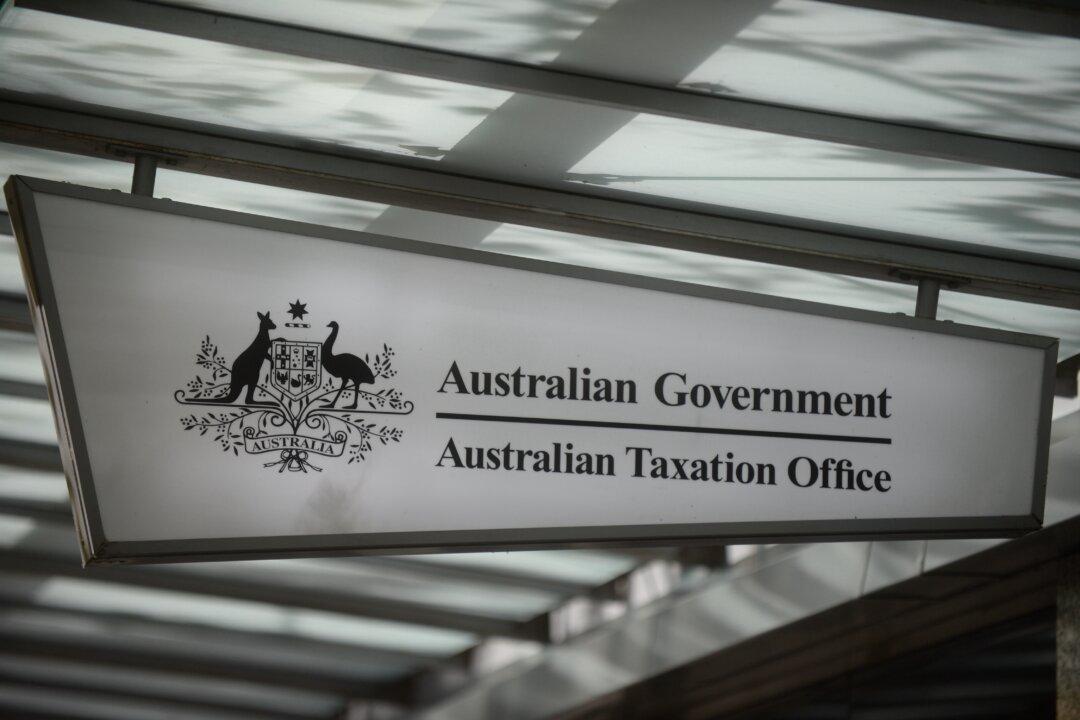Australian small businesses are becoming insolvent at a rate faster than what was seen during the global financial crisis, as the Australian Tax Office (ATO) aggressively pursues billions of dollars of debt.
As a result, call volumes at the Small Business Debt Helpline have surged by 82 percent compared with last year. That compares with a 17 percent rise for the broader-focused National Debt Helpline.





